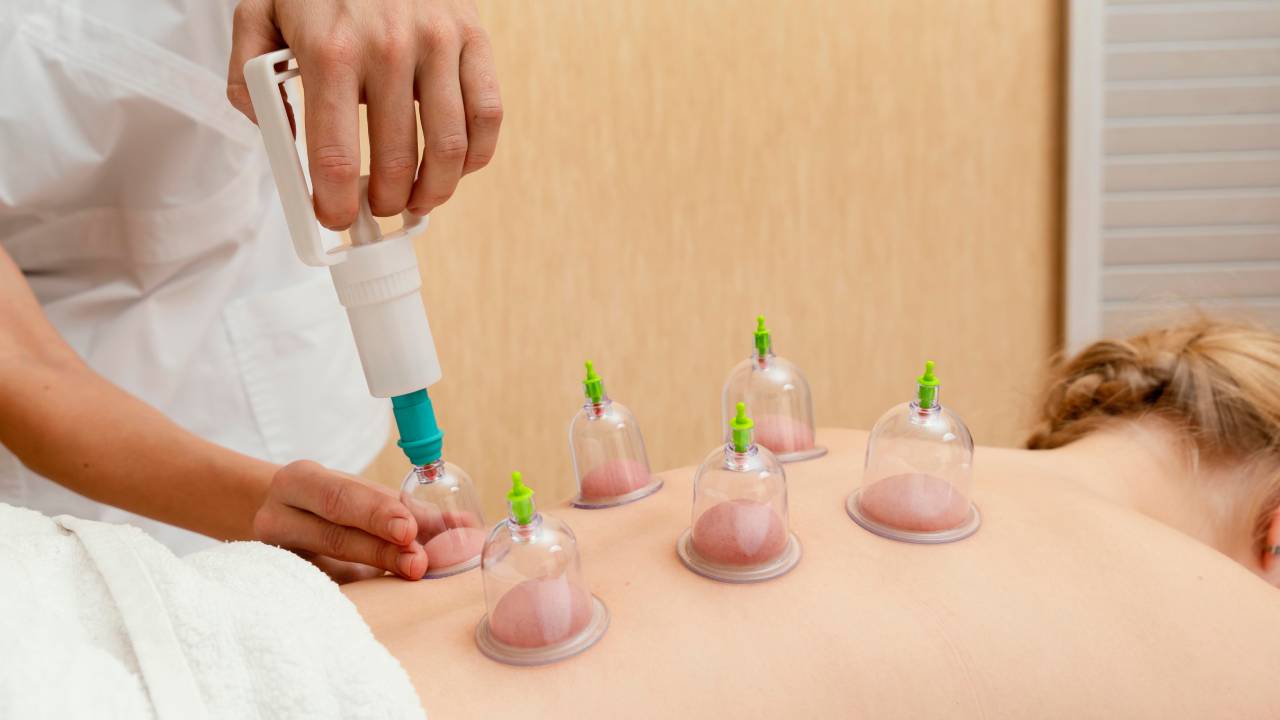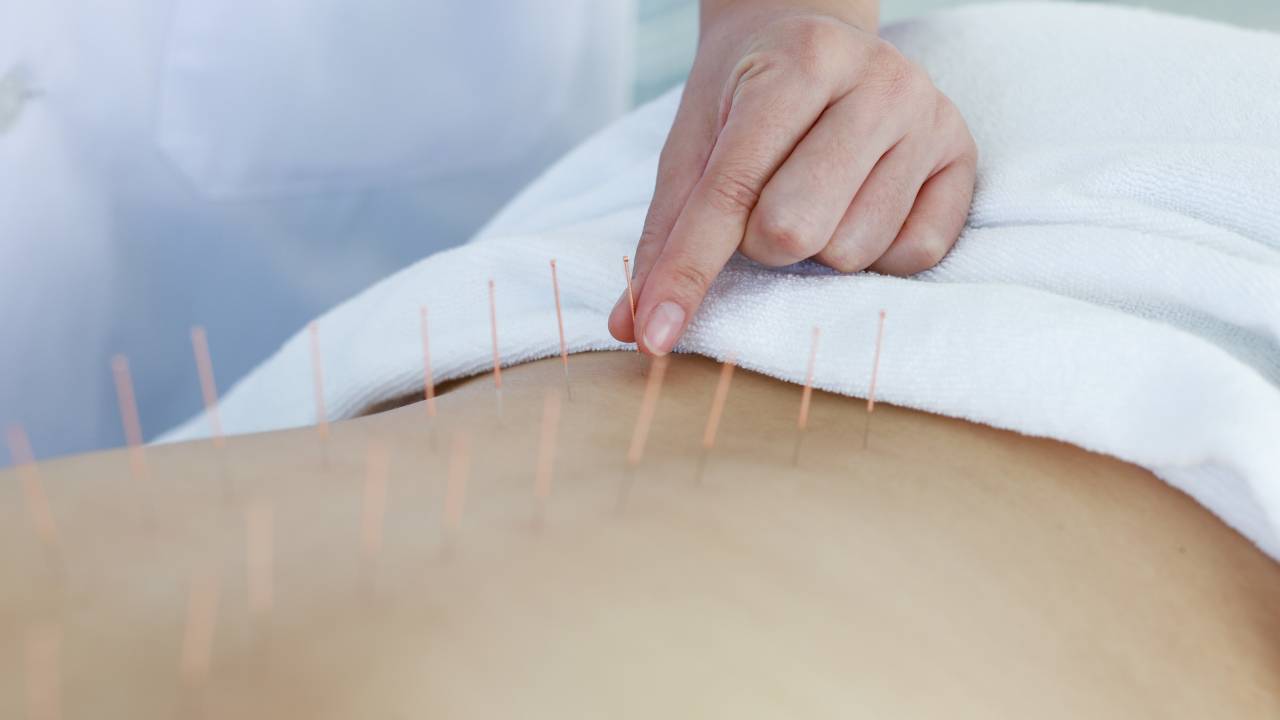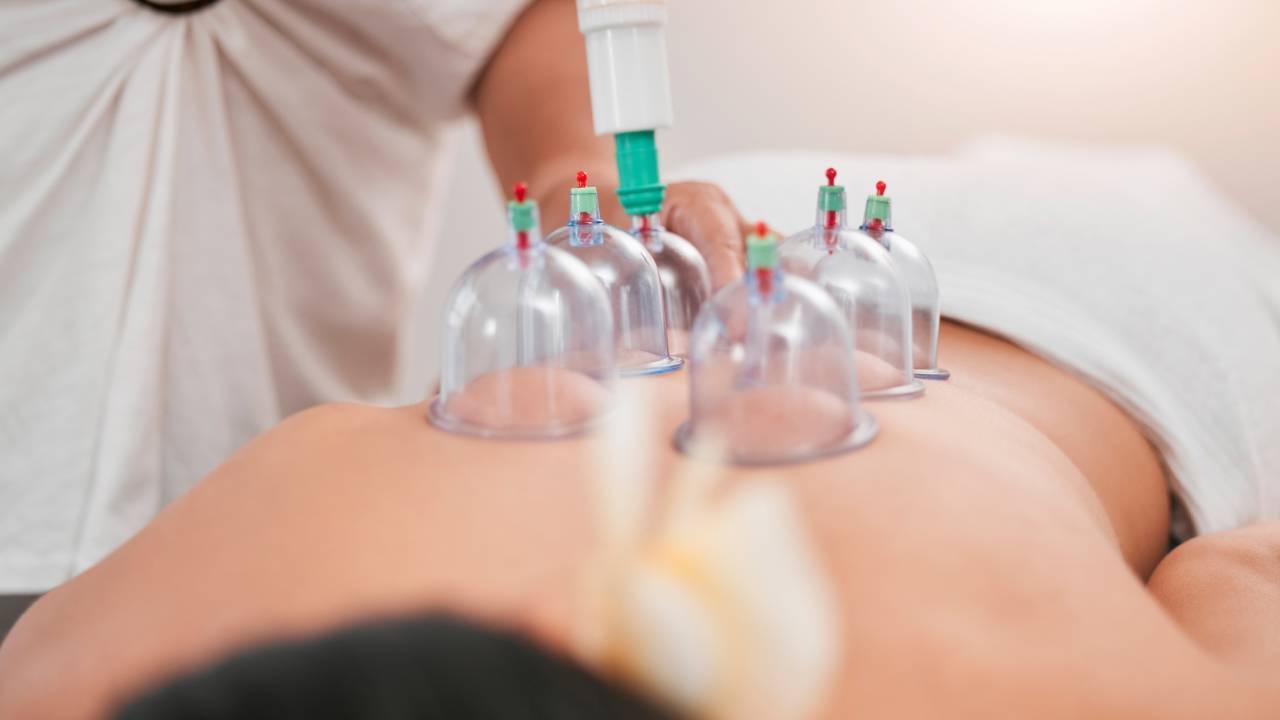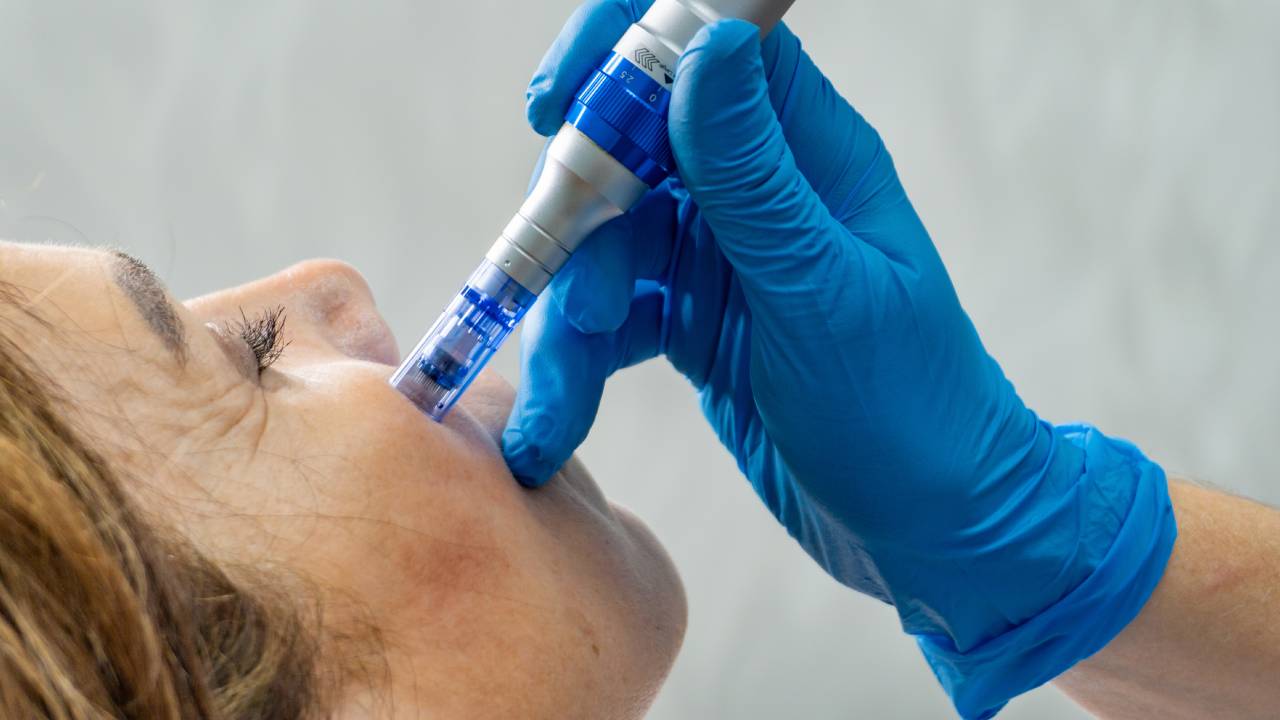9 Lifestyle Tips to Follow After Hijama Therapy in Toronto
Hijama Therapy in Toronto
What Is Hijama Therapy?
Hijama, also known as wet cupping, is a traditional therapeutic method that involves creating small incisions on the skin and using suction to draw out a small amount of blood. This practice is rooted in ancient medicine and continues to be applied in various clinical and wellness contexts today.
People seek Hijama Therapy in Toronto to address a variety of physical conditions ranging from muscle tightness and postural strain to fatigue and joint discomfort. It’s often used as a complement to physiotherapy for individuals who are undergoing rehabilitation or seeking relief from chronic tension.
Why Post-Treatment Care Matters
While the procedure itself is important, what follows can significantly impact results. After a Hijama session, the body enters a natural recovery phase. During this period, adopting supportive habits can improve circulation, reduce fatigue, and promote better healing.
Following the correct aftercare routine may also prevent unnecessary irritation or setbacks especially when Hijama Therapy in Toronto is part of a broader physiotherapy plan. With the right post-treatment practices, individuals can reinforce the effects of the therapy and feel more grounded in their recovery.
How to Support Recovery After Hijama
Post-Hijama care isn’t complicated, but it does require attention. Your choices in the 24 to 72 hours following a session play a direct role in how your body responds. From hydration to skin care, here are nine clear, actionable lifestyle tips to help you recover effectively after Hijama Therapy in Toronto.
1. Prioritize Hydration for Circulatory Recovery
The first step after your session is to increase water intake. Hijama draws out blood and stimulates the lymphatic system, and staying hydrated helps the body adjust. Water assists with detox pathways, supports energy levels, and helps replace lost fluids.
Choose room-temperature water and sip it throughout the day. You can also add natural electrolytes such as lemon, a pinch of salt, or coconut water if you feel slightly drained.
2. Avoid Intense Physical Activity for a Day
Mild movement is acceptable, but avoid any strenuous physical activity for at least 24 hours. Your body needs time to recover and redirect energy toward healing.
If you're already on a physiotherapy program, consider spacing out your appointments to allow Hijama to take full effect before reintroducing stretches or exercises. This is particularly important for individuals targeting muscle recovery or postural correction through Hijama Therapy in Toronto.
3. Keep Warm and Stay Away From Cold Drafts
Exposure to cold immediately after Hijama can disrupt the body’s healing rhythm. It’s common for therapists to recommend that patients avoid fans, air conditioning, and cold showers in the first few hours.
This protects the open skin from external stressors and encourages better circulation. Opt for warm clothing and avoid direct exposure to wind, especially on the areas that were treated.
4. Choose Nutrient-Rich Foods Over Processed Meals
Your body benefits greatly from nourishing food after Hijama in Toronto. Instead of eating heavy or processed meals, go for something lighter and more balanced.
Include fresh vegetables, whole grains, and clean proteins in your meals. Antioxidants from fruits like berries or leafy greens can support tissue repair, while omega-3s from flaxseed or fish may ease inflammation. Nutrition helps support the natural detox pathways stimulated by Hijama Therapy in Toronto.
5. Let the Skin Heal Without Interference
You might notice circular marks where cups were placed, as well as minor incisions. These will usually fade within a few days. It’s best to avoid applying creams, oils, or topical treatments unless recommended by a practitioner.
Also, avoid scrubbing the area or using tight clothing that might irritate the healing skin. Let the body do its work naturally without unnecessary interference.
6. Monitor for Reactions and Note How You Feel
Mild fatigue or light headedness is common, especially during your first session. However, if you experience excessive bleeding, redness, swelling, or fever, it’s important to consult a practitioner promptly.
Tracking your response to Hijama Therapy in Toronto over several sessions can also help guide future treatment choices. Take note of improvements in range of motion, muscle tension, or stress levels.
7. Time Your Physiotherapy Around Hijama
If you're receiving both physiotherapy and Hijama, it’s important to coordinate the two. Some patients find it helpful to take a short break from their regular rehab exercises after a Hijama session to allow the body to adjust.
This may help reduce inflammation and improve tissue recovery before resuming strength training or joint mobilization. Speak with your therapist about spacing your appointments to support both therapies effectively.
8. Gentle Movement Helps with Circulation
While rest is important, light walking, stretching, or mobility exercises a day after your session can promote blood flow and tissue flexibility.
If Hijama Therapy in Toronto is being used for muscle stiffness, postural fatigue, or myofascial tension, reintroducing gentle movement after initial rest helps the treated areas function more freely. Focus on slow, controlled motions and listen to how your body responds.
9. Build a Routine and Track Results
Like many wellness practices, Hijama offers the best results when done as part of a routine. One session may provide short-term relief, but consistency allows the body to fully benefit from its circulatory and detoxifying effects.
Keep a journal of how your body reacts after each session note energy levels, sleep quality, muscle tension, and emotional well-being. This feedback loop helps both you and your practitioner assess the effectiveness of Hijama Therapy in Toronto as part of your broader recovery plan.
Bringing It All Together
Hijama therapy is not a standalone solution it works best when integrated into a larger plan focused on movement, circulation, and functional recovery. For those already receiving physiotherapy, or seeking supportive ways to manage physical stress, this method may complement your wellness routine effectively.
The lifestyle choices you make in the hours and days following Hijama Therapy in Toronto will help determine how your body adapts. Proper rest, hydration, nutrition, and movement together support your body’s ability to heal and maintain progress.
Moving Forward
Individuals considering Hijama Therapy in Toronto should approach the experience with care and planning. What you do after each session matters just as much as the treatment itself. The post-care phase is where the real changes begin so supporting your body with mindful routines will allow the therapy to work at its fullest.
If you're looking for a clinic that integrates structured wellness with time-tested practices, Mizan Wellness provides a setting where Hijama therapy is delivered in a context of informed and responsible care.





